Mathematics is the driving force of love, justice, and progress. Mediamax and Foundation for Armenian Science and Technology (FAST) are joining efforts to present MathArt project. It tells about the talents developing mathematics in Armenia, and their work.
Mathematics is of key value in modern world and we hope that MathArt will help attract Armenian youngsters into that particular science.
***
Anush Tserunyan’s love for mathematics was born from a book gifted to her by her uncle. Behind the “Alice in the Wonderland” title was not the famous novel by Lewis Carroll, but a collection of logical problems and riddles. Anush’s uncle told her which ones to solve and checked her work in the next visit.
“My uncle later got me interested in physics, but when we started studying geometry in school, I got hooked on math. School algebra is for basic accounting skills, but geometry is pure math. It teaches abstract thinking, what proof is and how to derive a theorem. That is how I focused on mathematics and physics in school,” recalls Anush Tserunyan.
Academic career spanning Armenia and USA
I attended a music school and at some point I was distracted from mathematics by the plan to become a composer. My father didn’t want to hear about it and suggested going into economics, taking into account that I was good at math.
At that time I read a book about a programmer by Isaac Asimov. It inspired me so much that I decided to enter the Informatics and Applied Mathematics Department of the Yerevan State University. I knew nothing about programming. Mathematical analysis was one of the first lessons, and during the very first lectures I realized I chose the wrong department. I realized I loved mathematics, not programming, but I was on a scholarship so I stayed and studied the math course on my own.
I got a scholarship for my master’s degree as well in the same department, but parallel to that, I applied for PhD programs to American universities. None of the 15 universities I applied to admitted me, although I had the Armenian Presidential Award “Best Undergraduate Student in IT” in 2005.
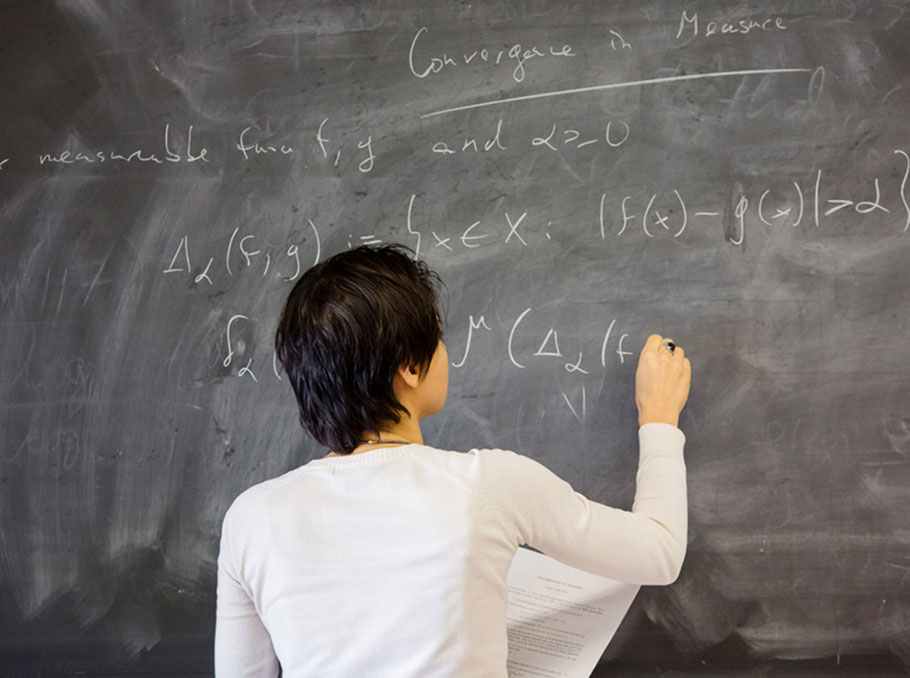
Photo: Anush Tserunyan’s personal archive
The second time I applied, I had already submitted two articles to international mathematics journals. Based on just them, 5 universities offered me scholarships for PhD programs. I chose the University of California, Los Angeles (UCLA), where I got my PhD in Mathematics. Afterwards I got a job at the University of Illinois as a Research Assistant Professor (postdoc) and later became a tenure-track Assistant Professor there. In a year I will move to the McGill University in Montreal, Canada.
Reasoning instead of calculus
The Lusin-Novikov theorem is my favorite in my field of research, because it is the most important one: like a miracle, it enables application of finite combinatorial/discrete thinking in the infinite continuous world. I got my PhD in descriptive set theory and its connections with ergodic theory, measured group theory, geometric group theory, and combinatorics. My research lies in the nexus of these fields. In modern mathematics, you can’t be an expert in one field and be successful, you need to have several tools in your toolset.
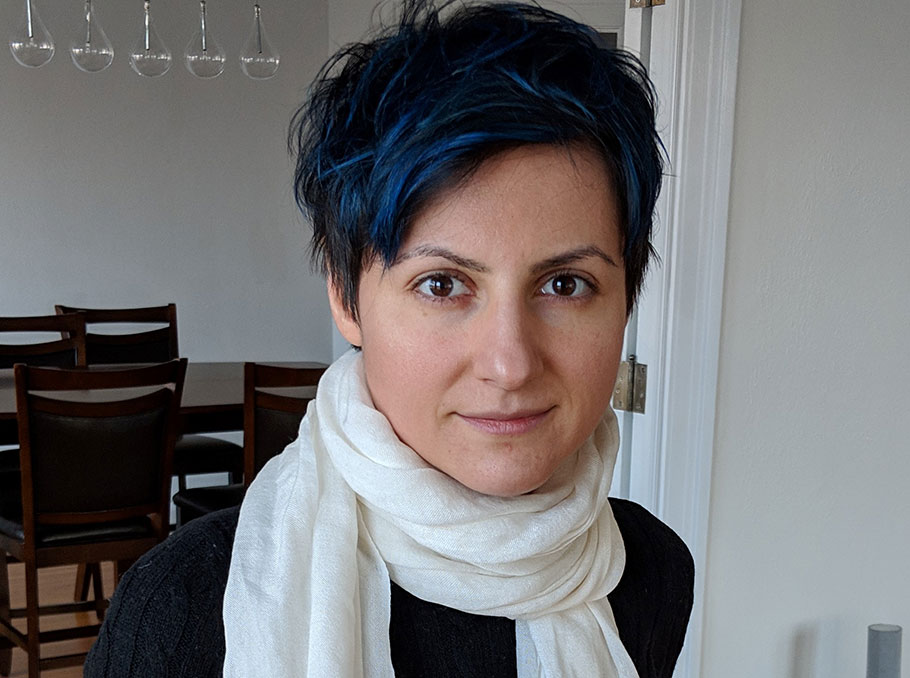 Anush Tserunyan
Anush TserunyanPhoto: Anush Tserunyan’s personal archive
I don’t believe everyone has to study mathematic theories. If the profession of your choice is not technical, many things in current school curriculum are pointless for you. In the U.S., they don’t even teach geometry at school, as a result, 2nd and even 3rd year math undergrads don’t understand what it means to prove something. In Armenia, we learn these things in the 4th or 5th grade. Although, as for trigonometry and the basics of differential/integral calculus, I don't think the regular school curriculum needs to include them. It would be better to teach children mathematical reasoning, for instance, through combinatorics and graph theory. It is very important for developing the brain, whether the person will choose a technical occupation in the future.
Kids don't need any prior knowledge to start tackling problems in combinatorics and graph theory. You simply give the children a sheet of paper and a pen and tell them the problem they need to solve. I believe that is the subject you have to to teach at school, because it develops thinking.
At the university, we should show students the good sides of academic life and keep the students, who aspire to do research, in academia. We should make being a professor and a scientist popular, make it cool. People with calling for mathematics will definitely choose it for profession.
From “raw materials” to the pioneers of math
There are just a few people actively involved in math research in Armenia. I consider them saints, in a sense, because they keep mathematics alive in tight financial conditions and indifferent environment. These people are dedicated to their work, it is a true calling, which is much easier to follow in a university. In Armenia, you need to be so dedicated to research that you simply can’t help but do it.
As for our, so to say, “raw materials”, we have wonderful youth. I visited Armenia in summer for several years and gave lectures at the summer school organized by Mikael Poghosyan and Karen Keryan.
I tried to bring a proven theorem with me every time, because I remember being a student and thinking that the last time a theorem was proven happened in the 1950s. The students have to see that mathematics is still progressing. Our textbooks were too old; not so much the theorems, but the presentations were outdated.
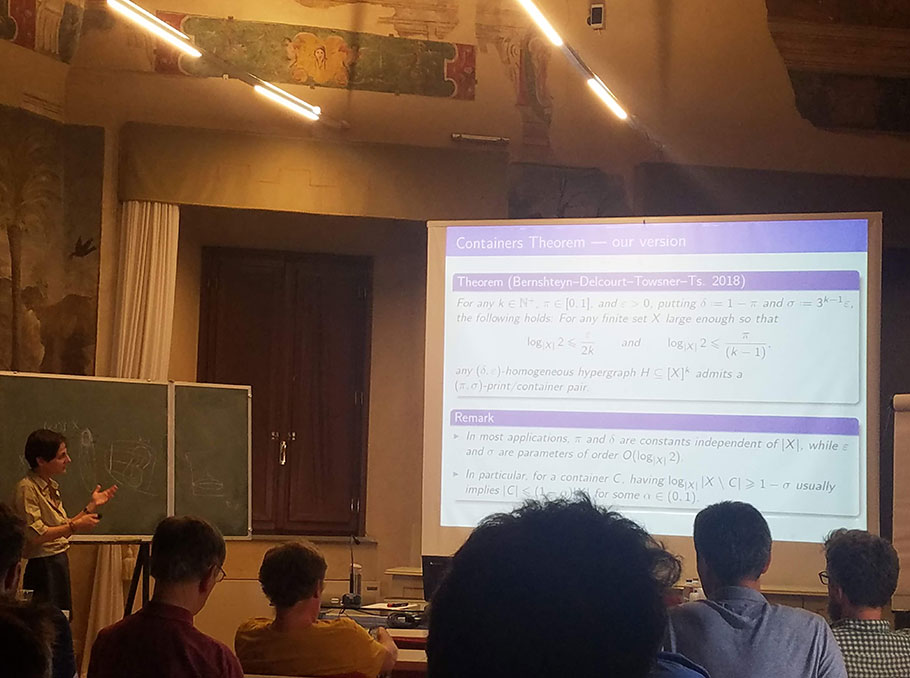
Photo: Anush Tserunyan’s personal archive
Mathematics is always growing and our brain remains the same size. How do humans keep up with mathematics? By processing and teaching it in a simpler, more efficient way. That is why we should keep updating textbooks and introduce students to new proofs.
I tried to present modern thinking and directions in the summer school and I was very encouraged by our youngsters. My first lecture lasted 2 hours. I wanted to present the results of three years of academic research: the key theorem from my PhD thesis, various concepts. The students were excited and although they were only in the 1st or 2nd year of undergrad, they understood everything so well that in the end of the lecture they were correcting me.
You can have that experience in the U.S only with top students, at top universities. I know just three or four universities there with such students. It is a pity that our bright young minds leave academia and choose to go to industry to earn for a living. They could instead pursue research and further the boundary of our knowledge.
FAST Foundation is the general partner of the project 
Marie Taryan
Photos: Anush Tserunyan’s personal archive








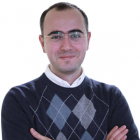
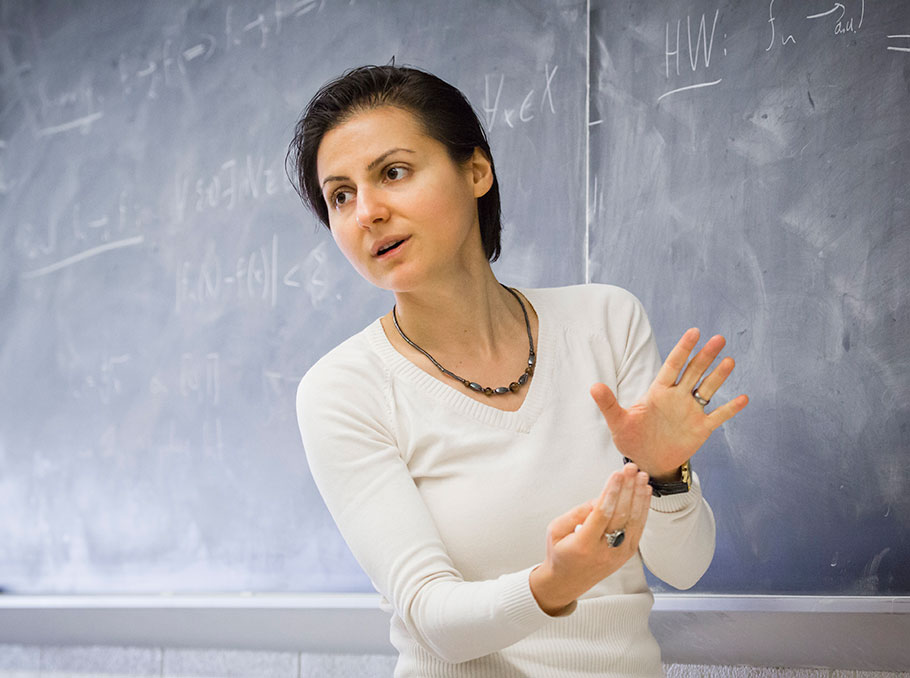

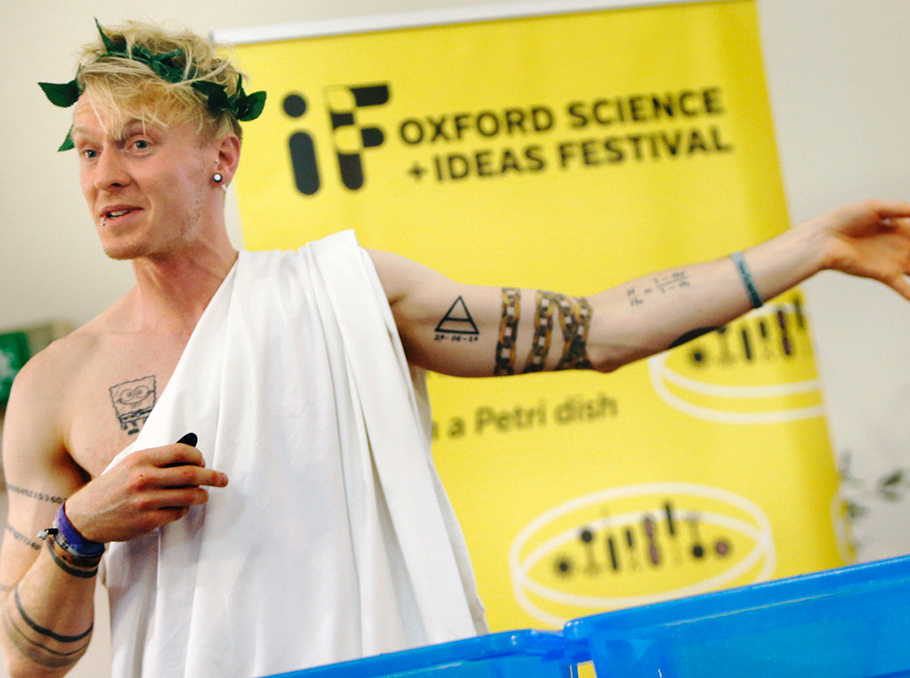
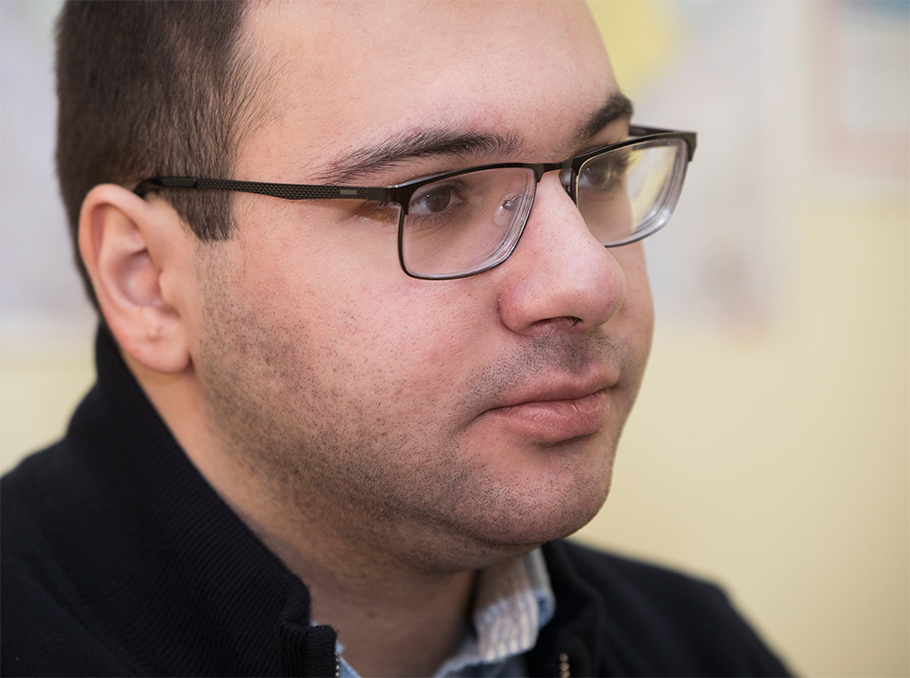
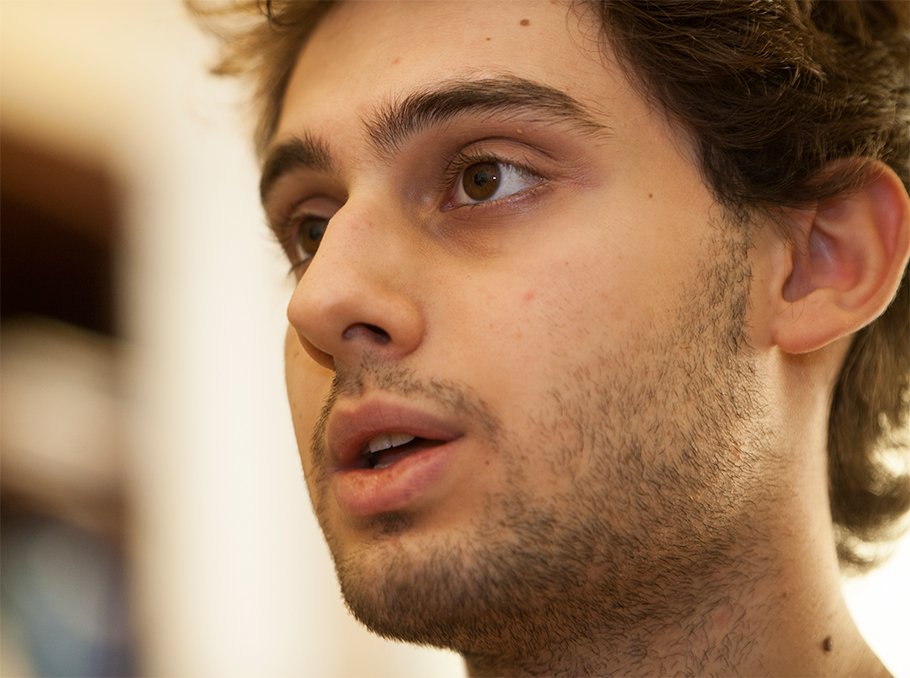
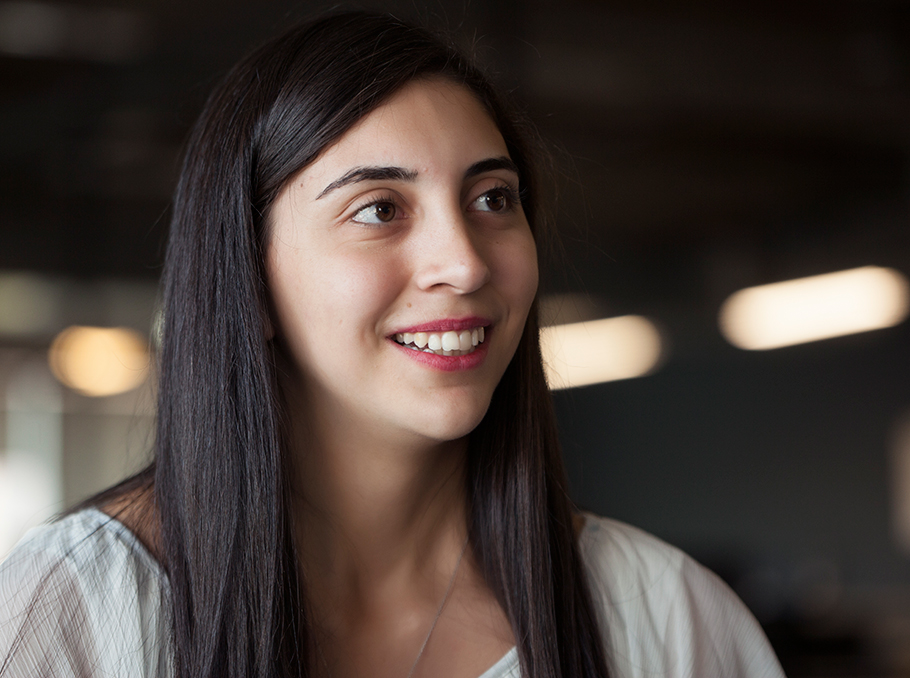
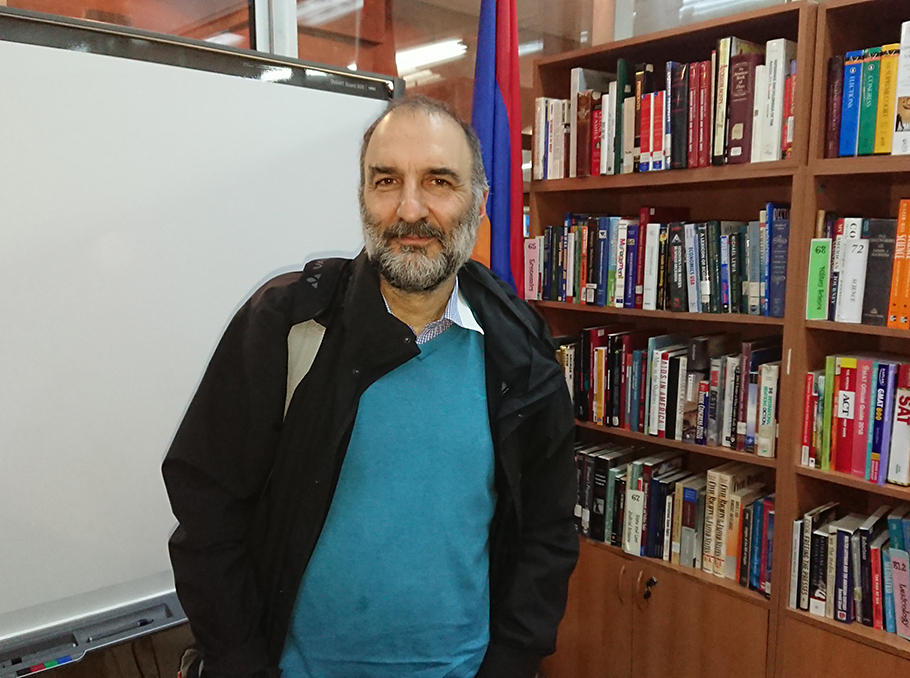







Comments
Dear visitors, You can place your opinion on the material using your Facebook account. Please, be polite and follow our simple rules: you are not allowed to make off - topic comments, place advertisements, use abusive and filthy language. The editorial staff reserves the right to moderate and delete comments in case of breach of the rules.